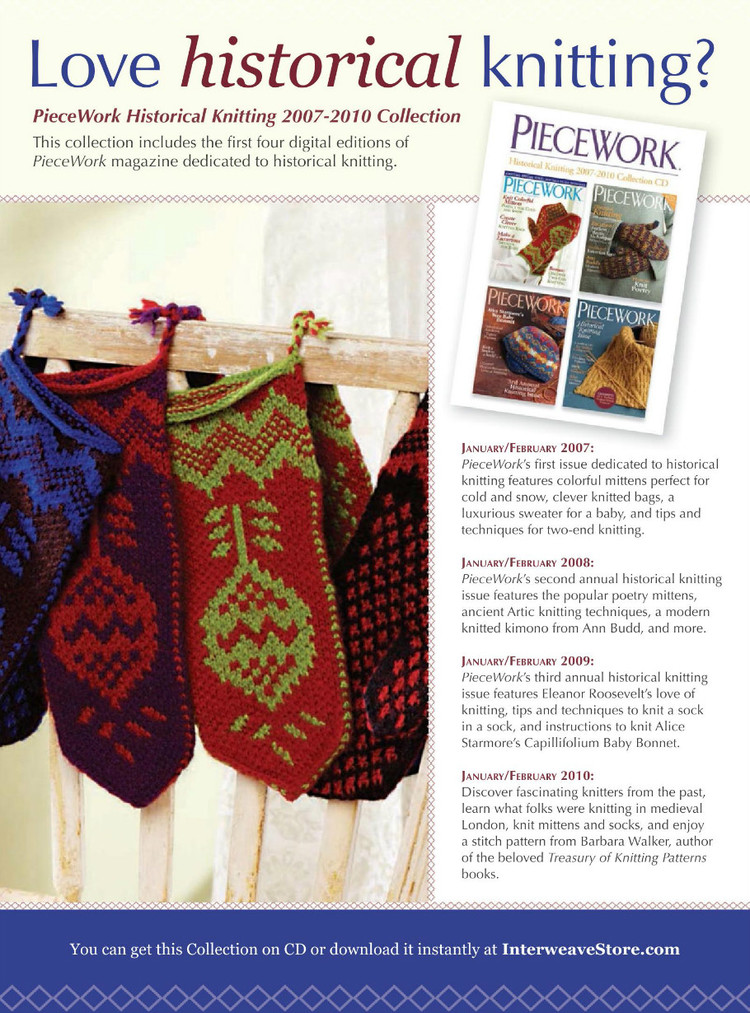Title: Recycling Old Knitting into Carpets
In today's world of sustainability and environmental consciousness, the concept of upcycling has gained significant importance. One such innovative upcycling project involves the transformation of old knitting into beautiful and functional carpets. By employing a range of techniques, including weaving, stitching, and knotting, these unique carpets not only serve as a decorative item but also contribute to reducing waste and conserving resources. The process involves collecting used knitting, sorting it by color and material, then either washing or steaming it to remove stains and odors. From there, the knitting is either hand-woven into rugs using a loom or knitted into larger pieces that are then cut into shapes and stitched together. The end result is a range of one-of-a-kind carpets that not only add personality to a space but also provide an eco-friendly alternative to traditional carpeting. This innovative approach to recycling not only benefits the environment but also supports the growing trend towards sustainable living.
In our homes, we often find ourselves with a stockpile of old clothes, toys, and fabrics that are no longer in use. Amongst these, old knitted items such as woolen hats, gloves, and scarves can be repurposed into something beautiful and useful - a hand-knitted carpet. Not only is this a creative way to reduce waste, but it also brings a unique and personal touch to our living spaces.

The process of transforming old knitted items into a carpet is not as daunting as it may seem. It requires basic knitting skills, patience, and of course, a willingness to experiment and explore different patterns and designs. The first step is to collect the old knitted items - hats, gloves, scarves, or any other item you can find. It is best to choose items made of the same or similar yarn to ensure consistency in color and texture.
Next, you need to disassemble the old items into their individual strands of yarn. This can be a time-consuming process, but it is essential to ensure that the final carpet is of good quality. You can use a knitting needle or small scissors to carefully untangle the yarn from the old items. Take care not to knot or twist the yarn, as this will affect the final appearance of the carpet.
Once you have collected enough yarn, you can start knitting your carpet. Choose a pattern or design that you like, or even create your own. If you are a beginner, it is advisable to start with a simple pattern and gradually progress to more complex ones. Remember, patience is key - do not be discouraged if your first few attempts do not turn out as expected. Over time, you will improve and learn from your mistakes.

As you knit, take into consideration the size of the carpet you want to make. If you are making it for a specific space, such as a room or hall, measure the dimensions before you start knitting. This will help you determine how much yarn you need and the size of your knitting needles.
Once you have finished knitting your carpet, it is time to block it. Blocking is a process where you stretch and shape the carpet to its final size and shape. This can be done by dampening the carpet and then pinning it out onto a flat surface. Allow it to dry completely before removing the pins.
The final step is to install your handmade carpet. This can be done by stitching it onto a canvas or heavy-duty fabric, which can then be nailed or glued onto the floor. Alternatively, you can frame it like a picture and hang it on the wall.

In conclusion, recycling old knitted items into carpets is a wonderful way to upcycle old items and create something beautiful and useful at the same time. It requires patience, creativity, and basic knitting skills, but the end result is well worth the effort. Not only will you have a unique and personal item to show for your efforts, but you will also be contributing to a more sustainable future by reducing waste and promoting recycling.
Articles related to the knowledge points of this article:
Title: The Art of Tying a Tie: A Comprehensive Guide
Shopping for a Down Jacket: A Guide to Staying Warm This Winter
A Wine-Red Jacket to Warm Your Winter
Title: Transforming Scarves into Dresses: The Art of Fashion Upcycling



